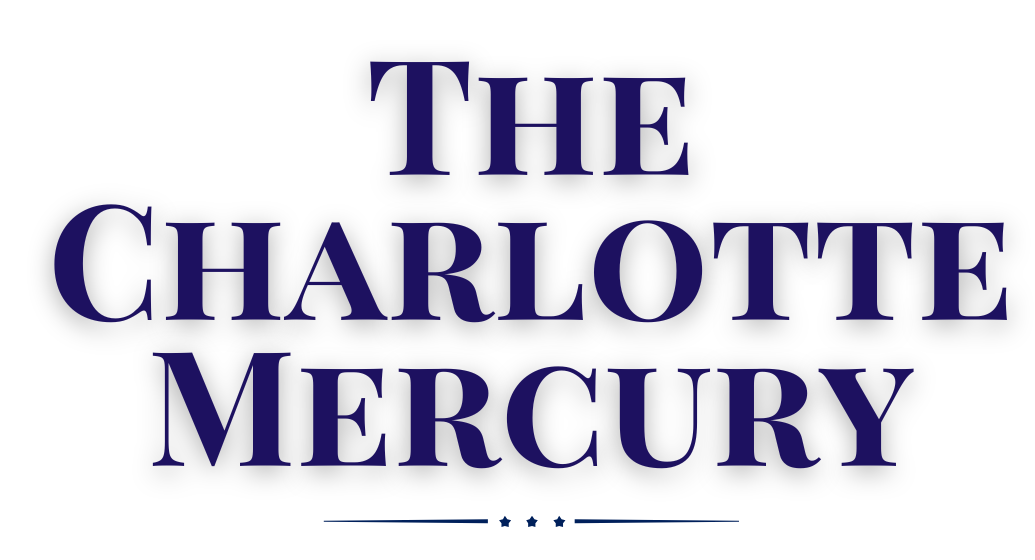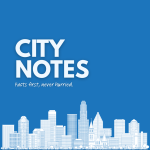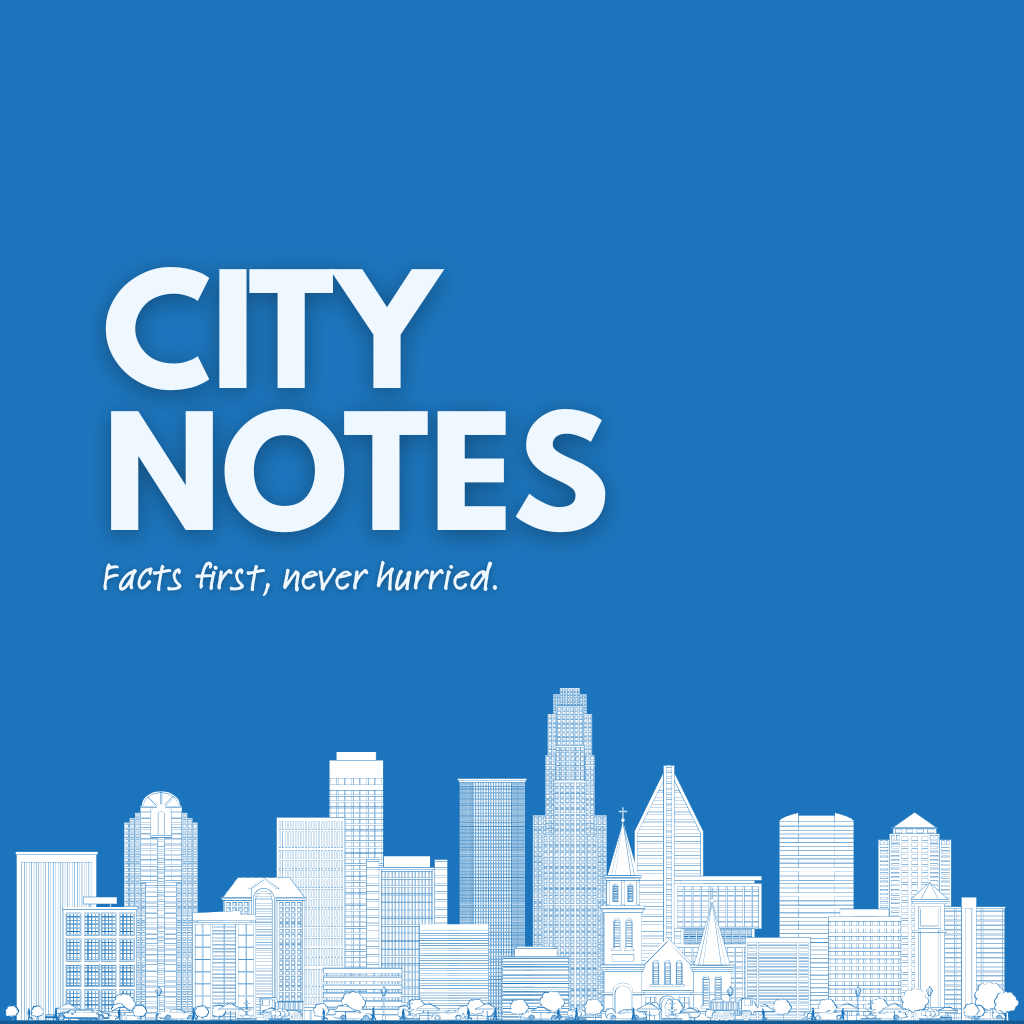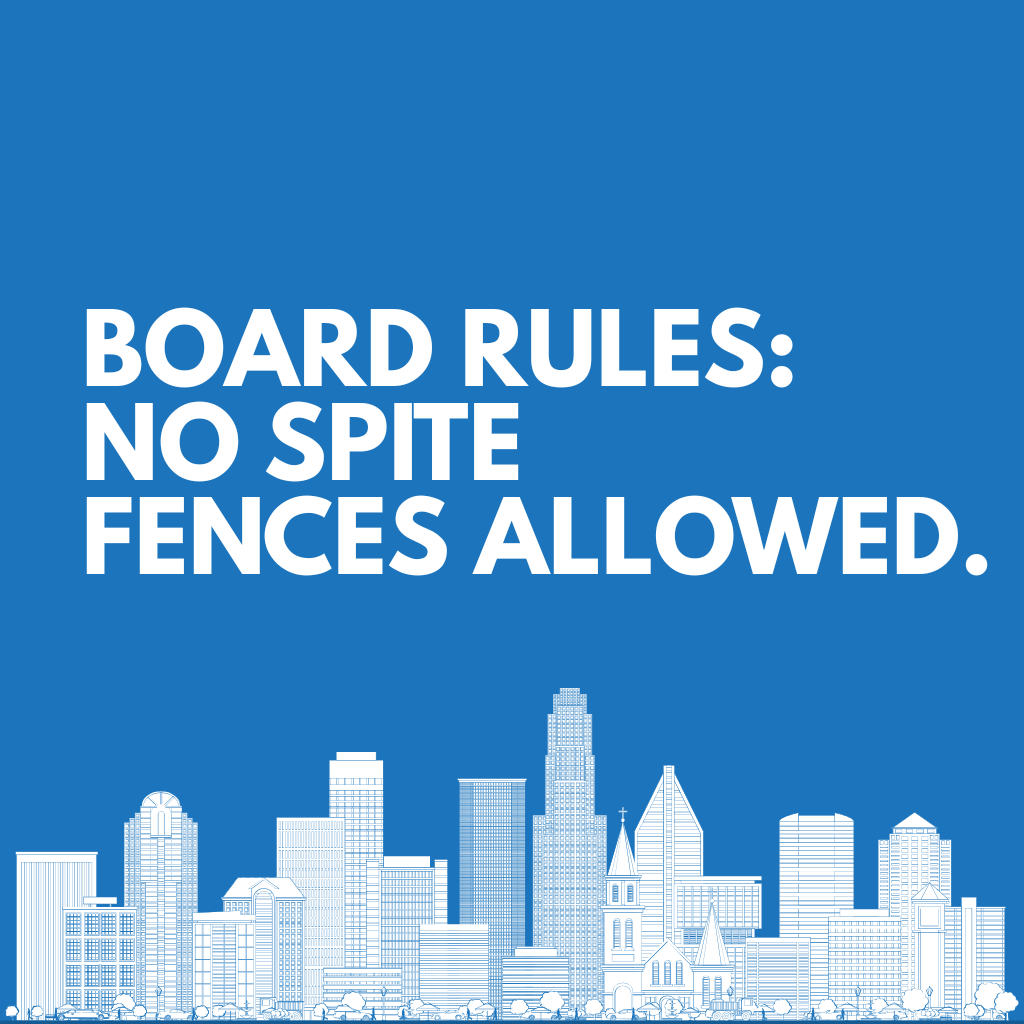Where History Meets Modernity: Adaptive Reuse in Action
By Jack Beckett, Senior Writer for The Charlotte Mercury
Charlotte is no stranger to evolution. What began as a modest Southern town has blossomed into a place where glass-walled skyscrapers loom over century-old brick buildings, and the hum of new construction meets the echoes of history. Today, the future of the Queen City hinges on reinvestment—especially in its uptown, midtown, and South End districts—to bring new purpose to older spaces and sustain a dynamic balance of work, living, and entertainment.
Rethinking the Heart of Charlotte
City leaders and local organizations, including Charlotte Center City Partners, say the area is set to see around $1.7 billion in reimagining older office buildings, renovating public venues, and creative adaptive reuse projects. Their annual State of the Center City report emphasized transforming the downtown core from a purely business zone to a place people seek out for culture, dining, and leisure.
“You need a good blend of work, live, play, and one of the things that the pandemic taught us is that if you’re over indexed in any one of those sectors you have a vulnerability,” said James LaBar, Senior Vice President of Economic Development for Charlotte Center City Partners.
“A number of downtowns across the country are dealing with older office buildings and questioning what do you do with them. I think everyone’s really attuned to what makes existing office more valuable—it’s probably not more office. It’s office being surrounded by a mixture of uses.”
In other words, the future of downtown Charlotte isn’t just shiny new high-rises but also the renewal and reintroduction of older, character-rich buildings into the city’s orbit.
Office Vacancies: A Catalyst for Change
Charlotte’s office vacancy rate hovered around 22% to 24% for much of last year—an eye-opening stat in a city historically flush with corporate demand. According to analysts, this record high resulted from both a construction boom in 2018-2019 and shifts in how companies use workspace.
But rather than viewing this as a setback, local leaders see it as an opening. Upgrading older office spaces with modern amenities—think open-floor concepts, rooftop terraces, and collaborative workspaces—can entice workers to come back in person.
“One of the things we’ve found about people coming back together is a combination of mandates and magnets,” LaBar noted.
“With employers requiring people to come into the office a certain number of days per week, what we have found to be most helpful is coupling those mandates with really attractive places to work… Make work more rewarding and surround offices with other uses that create a magnetic effect.”
Adaptive Reuse: Changing the Urban Fabric
The push to reimagine older buildings goes beyond offices. We’re seeing 100-year-old structures turned into hotels—like the Johnston Building’s planned conversion into the 245-room Beckworth Hotel—and a surge in arts spaces such as Blume Studios in the Iron District. Alongside these projects, re-investment extends to the city’s sports and entertainment arenas, with high-dollar renovations slated for Bank of America Stadium and the Spectrum Center.
Such transformations mark a deliberate effort to keep Charlotte’s downtown fresh, appealing, and steadily humming with activity—even as economic conditions and work habits evolve.
Enter Elite Staging and Design (ESD)
No story of Charlotte’s rebirth is complete without a look at how local staging and design experts are helping rejuvenate the city’s residential market. That’s where Elite Staging and Design steps in.
Address: 9372 Old Bailes Rd, Indian Land, SC, 29707
Phone: (704) 222-3634
Email: Kelly@EliteStagingDesign.com
Website: Elite Staging and Design
Founded in 2018 by Kelly Hickman, Elite Staging and Design has quickly made a name for itself in Ballantyne Country Club and the broader Charlotte Metro area.
- Home Staging & Property Styling
- Strategic Curation: Rather than renting whatever furniture is on hand, ESD’s award-winning designers Kelly Hickman and David Melvin meticulously select each piece for balance, scale, and style.
- Loaner Furniture: ESD is one of the few local firms that loans designer furniture to clients waiting on custom orders—ensuring every space looks magazine-ready, even if the final pieces haven’t arrived.
- Interior Design Services
- Construction & Renovation Management: ESD acts as the crucial link between homeowners, vendors, and contractors, streamlining the renovation process so that homes achieve peak design integrity.
- Custom Furnishings & Styling: From luxurious rugs to gleaming chandeliers, ESD curates every detail to elevate each room’s aesthetic and comfort levels.
- Luxury Furnishing & Styling
- Bespoke Designs: Sourcing one-of-a-kind pieces that merge function and form, ESD avoids the cookie-cutter look with an artisanal approach.
- Scalable Solutions: Whether staging a penthouse condo in uptown or revamping a suburban Ballantyne estate, ESD provides packages that fit each client’s scale and vision.
Big thanks to our sponsor, Elite Staging and Design, for powering the rejuvenation of Charlotte’s real estate scene. Call (704) 222-3634, email Kelly@EliteStagingDesign.com, or stop by 9372 Old Bailes Rd, Indian Land, SC 29707 to learn more about their transformative services.
A New Era of Community and Convenience
Beyond the newly refurbished office towers, reimagined hotels, and design-forward homes, Charlotte is also seeing waves of mixed-use developments. These are neighborhoods where you can do your grocery shopping, enjoy a craft beer, and even catch an indie concert—sometimes all within a few walkable blocks. And as LaBar points out:
“If you can take the light rail, car, or bus, get off and get out and experience that mixture of uses, those are the places the talent of tomorrow wants to be.”
The push for convenience and connectedness stems from the pandemic-induced shift in lifestyles. More folks want what’s been termed a “15-minute city,” where errands, dining, and entertainment are all close at hand.
Looking Ahead: Balance Is Key
Reinvesting in Charlotte doesn’t mean bulldozing the past. Rather, it’s about celebrating those older buildings—milling them into creative lofts or boutique hotels—while still making room for state-of-the-art developments like the Iron District and The Pearl (home to Wake Forest University School of Medicine-Charlotte). This kind of thoughtful, balanced approach ensures that no single district or sector becomes oversaturated or stale.
LaBar and other city leaders envision a future where “We’re not just aiming for corporate expansions, but also for holistic growth—places that attract new residents, keep locals engaged, and reflect the city’s character.”
Step Into The Charlotte Mercury
At The Charlotte Mercury, we cover this ongoing transformation with depth and nuance, ensuring you stay informed (and entertained) without the intrusion of invasive ads or clickbait. Here’s a peek at what you’ll find on our site:
- Hyper-Local Insights: From neighborhoods on the rise to emerging small businesses, we spotlight stories that might otherwise go untold.
- Culture & Cuisine: Reinvestment isn’t just about steel beams and zoning ordinances; it’s also about the new restaurants, breweries, and art galleries making Charlotte distinctive.
- Slow News, Done Right: We believe in taking the time to dig deeper, providing the backstory behind every groundbreaking or ribbon-cutting.
So, whether you’re curious about adaptive reuse in South End, shopping for a staged dream home in Ballantyne, or simply looking for the best espresso around (trust me, I’m on the hunt too ☕), we’ve got you covered at The Charlotte Mercury.
Yours in bold headlines and bottomless coffee,
Jack Beckett
Still chasing that perfect espresso shot—just as soon as I finish this next story.









